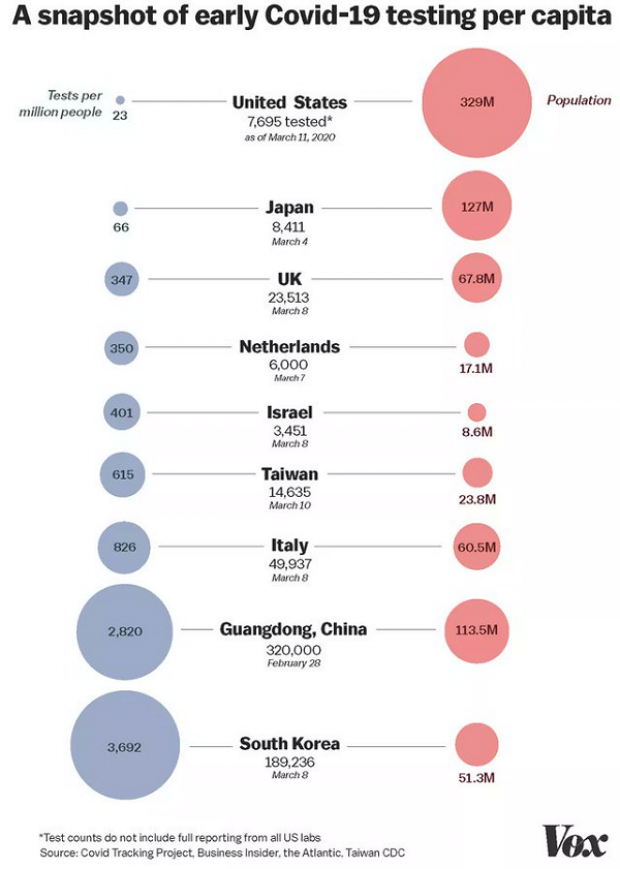Here’s What Consumers Were and Weren’t Buying in June
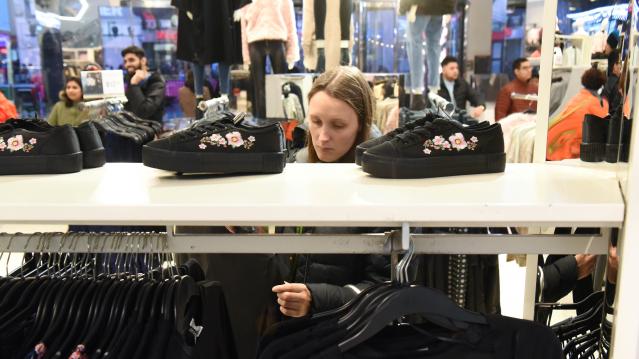
Retail sales were disappointingly soft in June, continuing a zig-zag pattern of strength and weakness this year. Sales fell 0.3 percent, falling shy of economists’ expectations for a 0.3 percent gain after a 1 percent jump in May. The only spending categories to post decent gains were electronics and appliance stores sales, gas station sales and discount stores.
“In May, retail gains signaled that consumers may have started using their so-called pump price dividend toward purchases of discretionary items,” Chris G. Christopher, Jr., the director of consumer economics at IHS Global Insight, wrote in an email to clients. Now, he added, the retail data “are pointing to a consumer that spends their paycheck in fits and starts.”
Related: What the U.S. Must Do to Avoid Another Financial Crisis
Those fits and starts averaged out to a fairly healthy 2.6 percent annualized increase over April, May and June. “The glass half-full take on consumers is that 2.6 percent is still somewhat better than the 2.3 percent consumption growth we've averaged since the beginning of the current expansion,” J.P. Morgan economist Michael Feroli said in a research note. “The glass half-empty view is that there is now even less evidence of a sharp snapback in spending after an unambiguously disappointing Q1.”
Here’s a breakdown from the Bespoke Investment Group of how different retail categories fared:

Chart of the Day: Long Way to Go on Coronavirus Testing
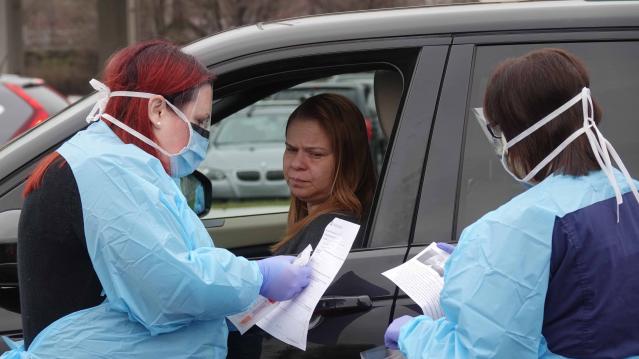
The White House on Friday unveiled plans for a new effort to ramp up testing for Covid-19, which experts say is an essential part of limiting the spread of the virus. This chart from Vox gives a sense of just how far the U.S. has to go to catch up to other countries that are dealing with the pandemic, including South Korea, the leading virus screener with 3,692 tests per million people. The U.S., by comparison, has done about 23 tests per million people as of March 12.
After Spending $2 Billion, Air Force Bails Out on Planned Upgrades of B-2 Bombers
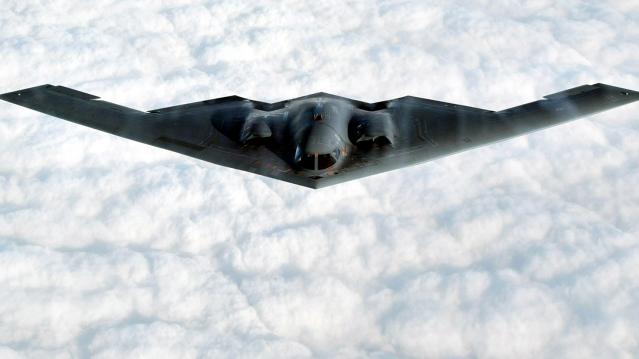
The Air Force has scrapped a planned upgrade of its B-2 stealth bomber fleet — even after spending $2 billion on the effort — because defense contractor Northrup Grumman didn’t have the necessary software expertise to complete the project on time and on budget, Bloomberg’s Anthony Capaccio reports, citing the Pentagon’s chief weapons buyer.
Ellen Lord, the undersecretary of defense for acquisition and sustainment, told reporters that the nearly $2 billion that had already been spent on the program wasn’t wasted because “we are still going to get upgraded electronic displays.”
Big Hurdle for Sanders’ Plan to Cancel Student Debt
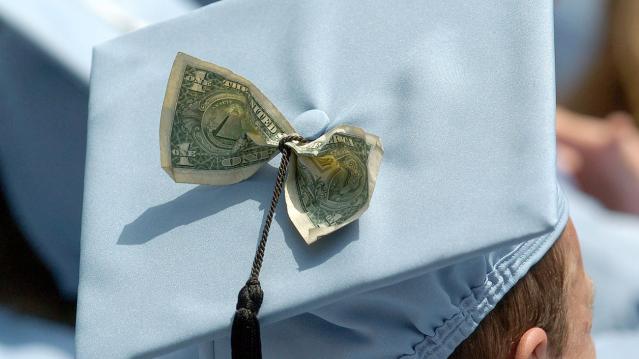
Bernie Sanders wants to eliminate $1.6 trillion in student debt, to be paid for by a tax on financial transactions, but doing so won’t be easy, says Josh Mitchell of The Wall Street Journal.
The main problem for Sanders is that most Americans don’t support the plan, with 57% of respondents in a poll last fall saying they oppose the idea of canceling all student debt. And the politics are particularly thorny for Sanders as he prepares for a likely general election run, Mitchell says: “Among the strongest opponents are groups Democrats hope to peel away from President Trump: Rust Belt voters, independents, whites, men and voters in rural areas.”
Number of the Day: $7 Million
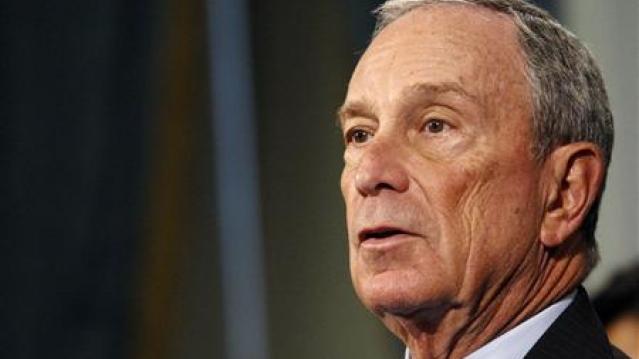
That’s how much Michael Bloomberg is spending per day in his pursuit of the Democratic presidential nomination, according to new monthly filings with the Federal Election Commission. “In January alone, Bloomberg dropped more than $220 million on his free-spending presidential campaign,” The Hill says. “That breaks down to about $7.1 million a day, $300,000 an hour or $5,000 per minute.”

